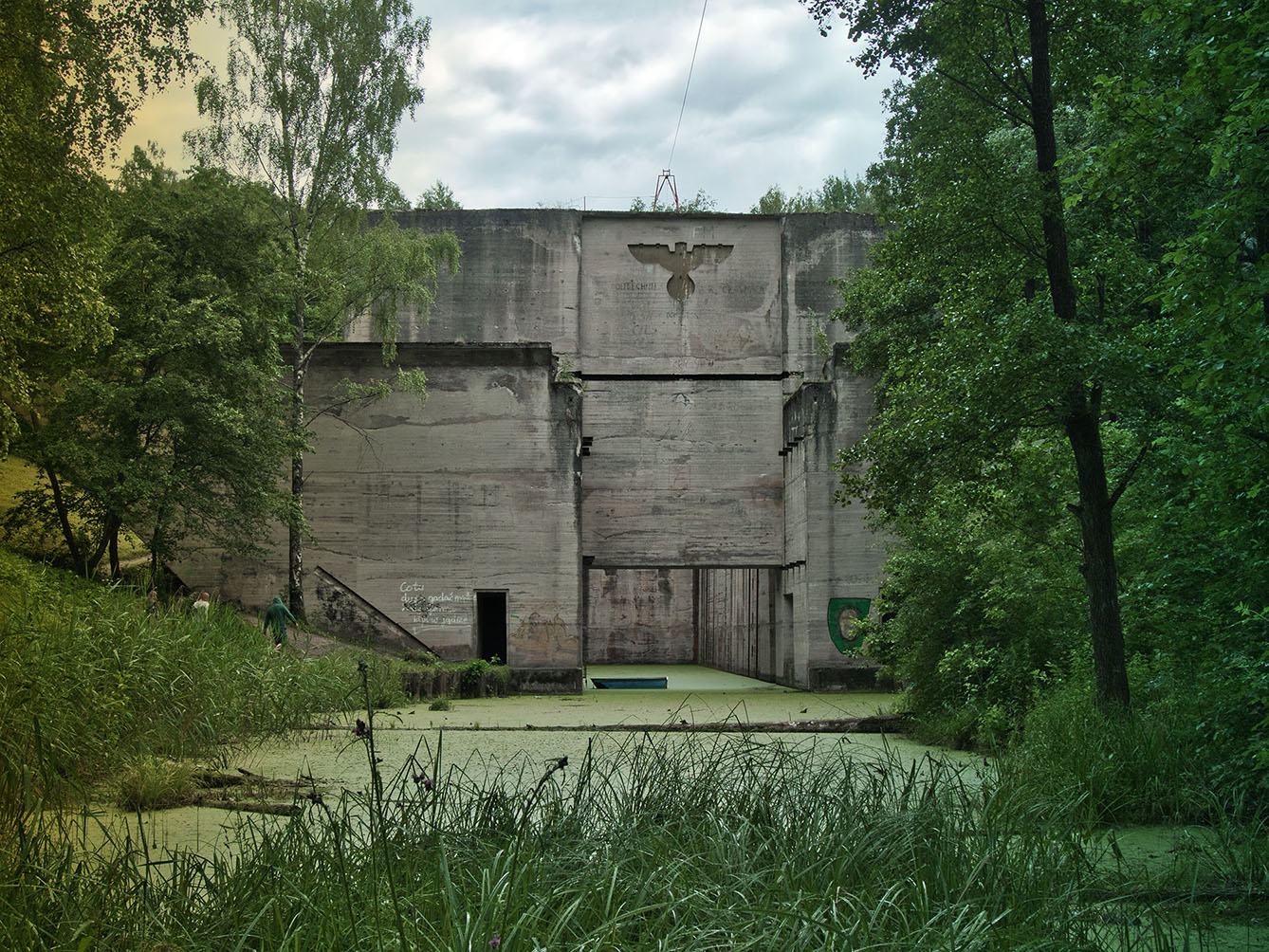About 100 kilometers separates the shore of the Baltic Sea from the Masurian Lake District. Shaped by glaciers in the Pleistocene age and increasingly connected by canals from the XVIII century onwards, the Lakeland has a long and complicated history. At the northernmost point of the interconnected lake system begins the legendary water trail known as the Masurian Canal. Sixty kilometers of canal were supposed to connect the lakes to the Łyna and Pregolya Rivers in Kaliningrad Oblast, Russia, creating a route between Mazury’s lakes and the Baltic Sea.
Myths and legends of Masurian Canal – debunked
For what purpose? If you ask the locals, it was to provide access to a secret German Nazi U-boat shipyard. Wildly popular among sailors, bikers and hikers, the area has seen its share of historical events. However, it’s specifically the history from WWII that draws the most attention of amateur historians and sleuths. The epicenter of curiosity: just a few kilometers outside of the village of Mamerki on one of the biggest and most renowned Masurian lakes, Lake Mamry.
You might be asking: German submarines in the lakes? Was that even possible? Alas, the answer is unfortunately simple: no, it was never part of the plan. But when you look at the canal’s engineering, it’s quite easy to understand where the legend began.
First, it’s perfect myth material. Never actually completed or operational, the channel was under construction for decades, after centuries of planning by different people and with different goals. Add to this the complicated history of the relatively wild terrain, full of impassable forests which have been under the control of multiple countries over the centuries, and you have a recipe for misinformation.
And then there are canal locks with Nazi emblems and the adjacent bunkers, which Adolf Hitler, himself, visited. Currently renovated and in the hands of history enthusiasts, the bunker complex is larger than the famous Wolf’s Lair in Gierłoż nearby. As opposed to the latter, the Wolf’s Lair was never destroyed, so even today one can visit the system of shelters once inhabited by dozens of the highest-ranking German generals.
Imagination and secrets
It’s, therefore, easy to see, why a canal that starts in the very same spot has become connected in people’s imagination with war secrets. Especially since after a WWI break, construction began again in 1936 and was then abandoned after the German retreat. The channel locks still wear the marks of Nazi symbols with the prominent trace of the German eagle badge above the entry to the first lock.
And then, there is a matter of scale. Compared to the modern sailboats and motorboats you find on the nearby lakes – usually no longer than ten meters – and all the infrastructure that fits them, this channel and its lock are just huge. Not only is it extraordinarily long and in its length entirely completed. It’s also up to 25 meters wide, and the thousands of tons of concrete that are lost amongst the woods make a huge impression.
With the incredible mass that remains visible, it’s rather unexpected that the channel is no deeper than 1.5 meters. That’s why it’s easy to assume that the locks are not regular locks, but a rather secret shipyard. After all, Nazi plus abandoned sums up to secret.







